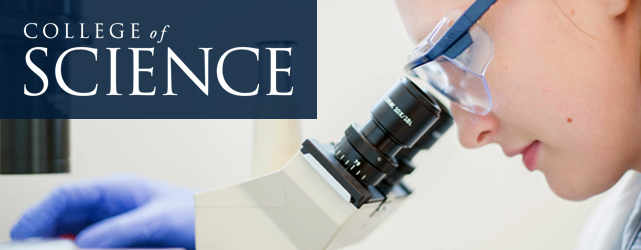Structure–Activity Relationships for Antibacterial to Antifungal Conversion of Kanamycin to Amphiphilic Analogues
Document Type
Article
Journal/Book Title
Journal of Organic Chemistry
Publication Date
3-31-2015
Publisher
American Chemical Society
Volume
80
Issue
9
First Page
4398
Last Page
4411
Abstract
Novel fungicides are urgently needed. It was recently reported that the attachment of an octyl group at the O-4″ position of kanamycin B converts this antibacterial aminoglycoside into a novel antifungal agent. To elucidate the structure–activity relationship (SAR) for this phenomenon, a lead compound FG03 with a hydroxyl group replacing the 3″-NH2 group of kanamycin B was synthesized. FG03’s antifungal activity and synthetic scheme inspired the synthesis of a library of kanamycin B analogues alkylated at various hydroxyl groups. SAR studies of the library revealed that for antifungal activity the O-4″ position is the optimal site for attaching a linear alkyl chain and that the 3″-NH2 and 6″-OH groups of the kanamycin B parent molecule are not essential for antifungal activity. The discovery of lead compound, FG03, is an example of reviving clinically obsolete drugs like kanamycin by simple chemical modification and an alternative strategy for discovering novel antimicrobials.
Recommended Citation
Fosso, M.; AlFindee, M. N.; Zhang, Q.; Nziko, V. P. N.; Kawasaki, Y.; Shrestha, S. K.; Bearss, J.; Gregory, R.; Takemoto, J. Y.; Chang, C.-W. T. “Structure–Activity Relationships for Antibacterial to Antifungal Conversion of Kanamycin to Amphiphilic Analogues.” J. Org. Chem. 2015, 80, 4398–4411. PubMed PMID: 25826012.



Comments
PubMed PMID: 25826012